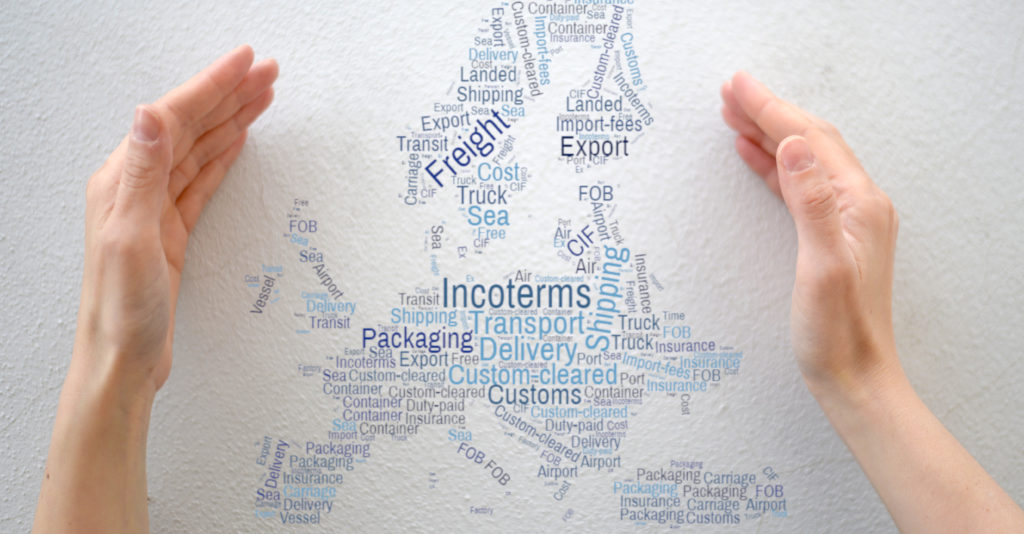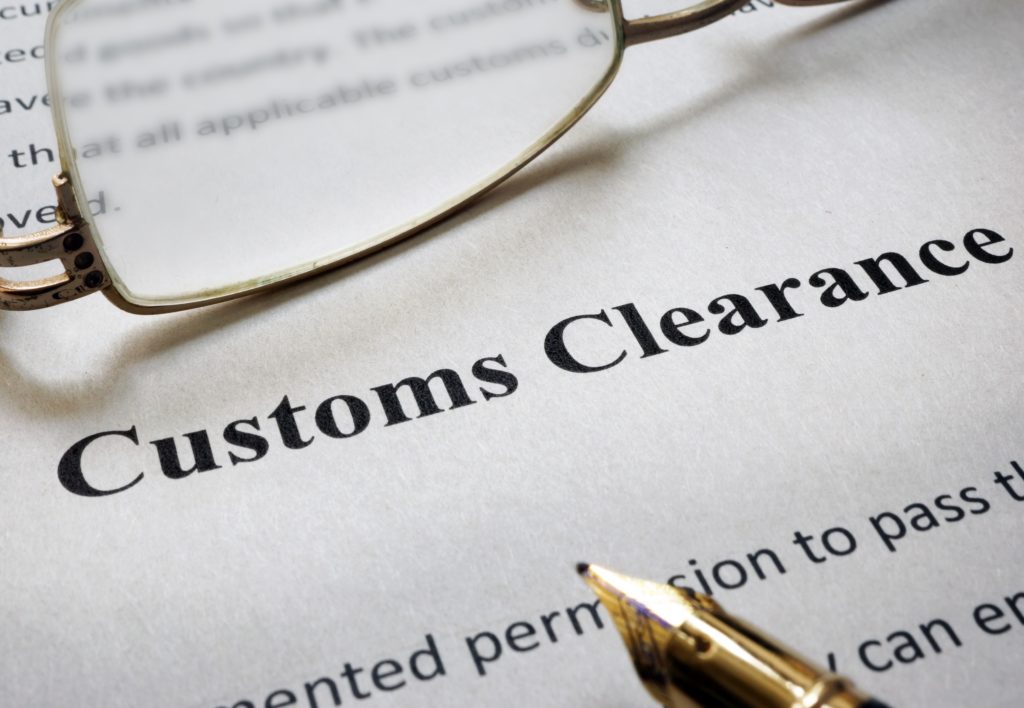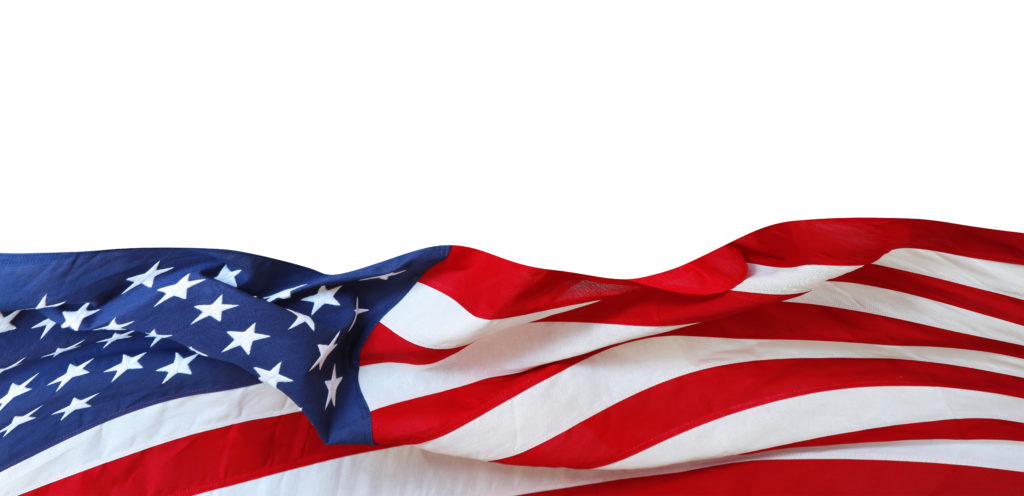Customs Valuation and Appraisement
Customs Valuation and Appraisement
How is Imported Merchandise Appraised?
When goods are imported into the United States, in almost all cases, the goods are required to be “entered,” that is, declared to U. S. Customs and Border Protection (CBP), and are subject to examination by Customs officers to insure compliance with all laws and regulations enforced or administered by CBP. As part of the entry process, goods must be “classified” (determined where in the U.S. tariff system they fall) and their value must be determined.
Pursuant to the Customs Modernization Act, it is now the responsibility of the importer of record to use “reasonable care” to “enter,” “classify,” and “value” the goods and provide any other information necessary to enable CBP to properly assess duties, collect accurate statistics, and determine whether all other applicable legal requirements are met.
In-Depth Coverage: Customs Valuation
All merchandise imported into the United States is subject to appraisement. The Trade Agreements Act of 1979 (the Act) sets forth the rules for appraisement of imported merchandise. The Act sets forth six different methods of appraisement, and their order of preference. Under the Act, the preferred method of appraisement is transaction value.
Generally, the appraised value of all merchandise imported into the United States is the transaction value of the goods. In the event the merchandise cannot be appraised on the basis of transaction value, the secondary bases are considered in the following order:
- Transaction Value of Identical Merchandise
- Transaction Value of Similar Merchandise
- Deductive Value
- Computed Value
- Values if Other Values Cannot be Determined
The importer may request the reversal of Deductive Value and Computed Value at the time the entry summary is filed.
In-Depth Coverage: Country of Origin
- Country of Origin of Imported Merchandise
- Customs Ruling: Country of Origin
- Country of Origin: Food Products
- Country of Origin: Chemical and Pharmaceutical Products
- Country of Origin & Country of Manufacture: CBP vs. FDA
- Country of Origin: Substantial Transformation or Country of Assembly Test
- Country of Origin and Free Trade Agreement
- Country of Origin and Section 301
What is Transaction Value?
The transaction value of imported merchandise is the price actually paid or payable for the merchandise when sold for exportation to the United States, plus amounts equal to:
A. The packing costs incurred by the buyer.
B. Any selling commission incurred by the buyer.
C. The value, apportioned as appropriate, of any assist.
D. Any royalty or license fee that the buyer is required to pay, directly or indirectly, as a condition of the sale.
E. The proceeds of any subsequent resale, disposal, or use of the imported merchandise that accrue, directly or indirectly, to the seller.
These amounts (items A through E) are added only to the extent that each 1) is not included in the price, and 2) is based on information accurately establishing the amount. If sufficient information is not available, then the transaction value cannot be determined and the next basis of appraisement, in order of precedence, must be considered.
What is the Price Actually Paid or Payable?
The price actually paid or payable for the imported merchandise is the total payment, excluding international freight, insurance, and other C.I.F. (cost, insurance and freight) charges, that the buyer makes to the seller. This payment may be direct or indirect. Some examples of an indirect payment are when the buyer settles all or part of a debt owed by the seller, or when the seller to settle a debt he owes the buyer reduces the price on a current importation. Such indirect payments are part of the transaction value.
In-Depth Coverage: Importing Medical Device
What if the imported merchandise cannot be appraised on the basis of Transaction Value?
The imported merchandise will be appraised in the following order:
- Transaction Value of Identical Merchandise
- Transaction Value of Similar Merchandise
- Deductive Value
- Computed Value
- Values if Other Values Cannot be Determined
What is the Transaction Value of Identical Merchandise?
When the transaction value cannot be determined, then the customs value of the imported goods being appraised is the transaction value of identical merchandise. The value of the identical merchandise must be a previously accepted customs value.
In-Depth Coverage: Marketing and Advertising Compliance
- Federal Trade Commission (FTC) Advertising Rules
- Made in USA Standard
- FTC Regulation on Environmental Claims
- Adverting and Marketing on the Internet
- Label Claims for Conventional Foods and Dietary Supplements
- Dietary Supplement Advertising: What is FTC's Truth-in-Advertising Law?
- USDA Country of Origin Labeling (COOL)
- FTC Rules & Regulations on Food Advertisement
What is the Transaction Value of Similar Merchandise?
If merchandise identical to the imported goods cannot be found or an acceptable transaction value for such merchandise does not exist, then the customs value is the transaction value of similar merchandise. The value of the similar merchandise must be a previously accepted customs value.
What is Deductive Value?
If the transaction value of imported merchandise, of identical merchandise, or of similar merchandise cannot be determined, then deductive value is calculated for the merchandise being appraised. Deductive value is the next basis of appraisement at the time the entry summary is filed, to be used unless the importer designates computed value as the preferred method of appraisement. If computed value was chosen and subsequently determined not to exist for customs valuation purposes, then the basis of appraisement reverts to deductive value.
If an assist is involved in a sale, that sale cannot be used in determining deductive value. So any sale to a person who supplies an assist for use in connection with the production or sale for export of the merchandise concerned is disregarded for purposes of determining deductive value.
Basically, deductive value is the resale price in the United States after importation of the goods, with deductions for certain items. Generally, the deductive value is calculated by starting with a unit price and making certain additions to and deductions from that price.
In-Depth Coverage: Importing Cosmetics
What deductions can be made?
Certain items are not part of deductive value and must be deducted from the unit price. These items are as follows:
1. Commissions usually paid or the addition usually made for profit and general expenses, in connection with sales in the U.S. of imported merchandise of the same class or kind as the merchandise concerned
2. Transportation/Insurance Costs
3. Customs Duties/Federal Taxes
4. Value of Further Processing (used only when the merchandise is not sold in the condition as imported)
Can a deduction be made for both commissions and profits?
No, the unit price is reduced by either a commission paid or the addition usually made for profit and general expenses.
In-Depth Coverage: USDA-Regulated Products
- Importing USDA-Regulated Food Products
- Import Regulation by USDA Agricultural Marketing Service (AMS)
- Food Products – FDA or USDA Regulated
- Country of Origin Labeling
- Importing Animals, Animal Products, and Biologics into the US
- Importing Meat, Poultry, and Egg Products into the US
- Labeling and Marking of Imported Meat, Poultry, and Egg Products
- USDA National Organic Program (NOP)
- Agricultural Safeguards and USDA Licensing
What is Computed Value?
The next basis of appraisement is computed value. If customs valuation cannot be based on any of the values previously discussed, then computed value is considered. This value is also the one the importer can select to precede deductive value as a basis of appraisement.
Computed value consists of the sum of the following items:
1. Materials, fabrication, and other processing used in producing the imported merchandise
2. Profit and general expenses
3. Any assist, if not included in items 1 and 2
4. Packing costs
What is the value if other values cannot be determined?
If none of the previous five values can be used to appraise the imported merchandise, then the customs value must be based on a value derived from one of the five previous methods, reasonably adjusted as necessary. The value so determined should be based, to the greatest extent possible, on previously determined values. Only data available in the United States is to be used.
In-Depth Coverage: Customs Valuation
Quick Link To U.S. Customs & Import Requirements
FDA-Regulated Products and Import Requirements
- What is Food Safety Modernization Act (FSMA)?
- Prior Notice of Imported Foods
- Food Facility Registration
- Risk-Based Preventive Controls for Human Food
- Risk-Based Preventive Control for Animal Food
- Standards for the Growing, Harvesting, Packing, and Holding of Produce for Human Consumption
- What is Foreign Supplier Verification Program (FSVP)?
- Protect Food against Intentional Adulteration
- FDA Regulated Product in Foreign Trade Zone (FTZ)
- Entry Review Process for FDA Regulated Products
- Country of Origin VS Country of Manufacture
- Foods Regulated by FDA or USDA: What is the Difference?
- Label and Labeling Claims for Conventional Food and Dietary Supplements
- What is USDA Country of Origin Labeling (COOL)?
- Import for Export of FDA Regulated Products
- FDA Regulated Products in Personal Baggage or Sending by Mail or Courier
- International Mail Facility (IMF) and FDA Regulation
- Importing Biological Product Regulated by CBER
- Importing Cosmetics and Voluntary Cosmetic Registration Program (VCRP)
- Importing Drugs into the U.S.
- Importing OTC Drugs into the U.S.
- Importing Veterinary Drugs into the U.S.
- Importing Tobacco Products into the U.S.
- Importing Medical Devices into the U.S
- Importing Food Products into he U.S.
- Importing Radiation-Emitting Products into the U.S.
Customs Clearance and Import Requirements
- Entry of Imported Merchandise
- What is Section 321 Entry?
- What is Automated Commercial Environment (ACE)
- What is an Automated Broker Interface (ABI)?
- Who is Ultimate Consignee?
- What is Non-Resident Importer Program?
- Country of Origin of Imported Merchandise
- What is the Country of Assembly?
- What is the FDA's Country of Manufacture?
- Marking of Country of Origin on U.S. Imports
- What is Customs Bond?
- Reconciliation Prototype and Bond Rider
- Who Needs a Customs Broker?
- What is Customs Ruling Program?
- Classification of Imported Goods
- How is imported merchandise appraised?
- What are Import Quotas?
- What are Trade Remedy Duties?
- Antidumping Duty (AD) and Countervailing Duty (CVD)
- What is Foreign Trade Zone (FTZ)?
- What is Importer Security Filing (ISF)?
- What is Temporary Importation under Bond (TIB)
- What is In-Bond Process?
Guidance on customs & logistics solution for traditional and e-commerce importers and exporters
Importer Security Filing (ISF)
An ISF is required when cargo (ocean only) laden on vessel at a foreign port is destined for shipment to the U.S. Under ISF rule, some importing information and details regarding cargo must be transmitted to the CBP at least 24 hours before goods are loaded onto the vessel, or at least 24 hours prior to the departure to the U.S.
Section 321 Entry
Section 321 entry allows importing free of duty and tax for shipments imported by one person on one day having a fair retail value in the country of shipment not more than $800. We provide our resident and non-resident clients with dedicated ACE eManifest solutions for Section 321 entry of all modes of transportation.
E-Commerce
The Internet has made it easy to find and purchase items from almost anywhere in the world. Our e-commerce experts will help you find the right solution for your international transportation, customs clearance, and delivery to your final destination. We also provide value-added repackaging, warehousing and distribution services.
Non-resident Importer Program
If you want to sell your products in U.S. marketplaces, but you are a business owner located outside of the U.S. and do not have an entity or presence in the U.S., you need to be established as a Foreign Importer of Record before your products can be imported into the U.S. We can help you.





















